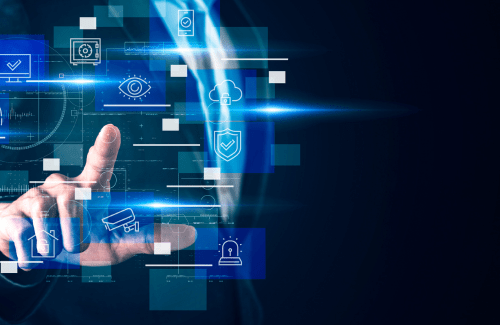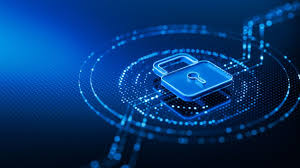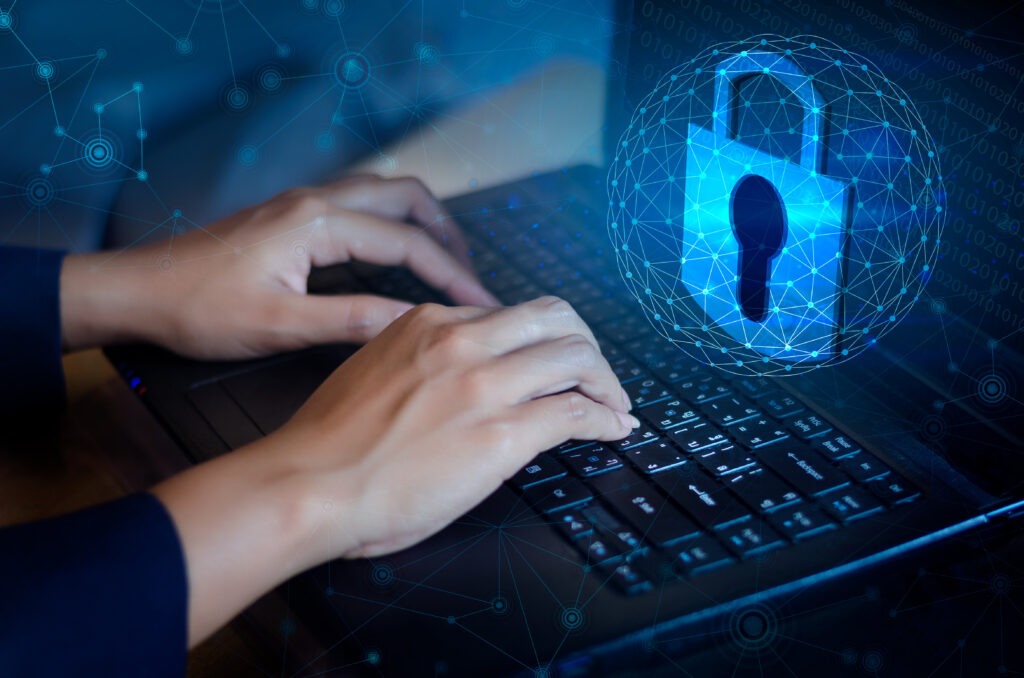What is Zero Trust Security Model? A Complete Guide

In today’s world, cybersecurity is more important than ever. With cyber-attacks becoming more frequent and sophisticated, businesses and individuals need stronger protection. One popular approach that many organizations are now adopting is the Zero Trust Security Model. In simple words, the Zero Trust Security Model means “never trust, always verify.” Instead of trusting anyone inside […]
Spatial Computing – Enhancing Cybersecurity through Immersive Technologies

Welcome to the Age of Spatial Intelligence As digital and physical worlds converge, the rise of spatial computing is not just a tech milestone—it’s a paradigm shift. Gartner lists it as one of the top 10 strategic technology trends for 2025, forecasting a surge in real-world applications across industries. But while the excitement revolves around immersive experiences, […]
Hybrid Computing – Flexible and Secure Data Processing for Identity Management

As organizations increasingly operate across diverse IT environments, hybrid computing has emerged as a vital solution to ensure flexibility, scalability, and robust cybersecurity. Combining on-premises infrastructure with cloud services, hybrid computing enables seamless data processing that is particularly advantageous for identity and access management. In this blog, we delve into how hybrid computing enhances cybersecurity […]
Energy-Efficient Computing – Powering Sustainable Cybersecurity for Digital Identities

In today’s world, sustainability is no longer just an environmental initiative—it is a business imperative. Energy-efficient computing is transforming how organizations manage their IT operations while reducing their carbon footprint. For cybersecurity, this focus on efficiency is equally important. In the context of identity and access management, energy-efficient technologies enable robust security operations without compromising […]
Ambient Invisible Intelligence – Seamless Security Integration for Digital Identities

The evolution of cybersecurity is progressively steering toward unobtrusive, intelligent systems that blend into our everyday environments. Ambient Invisible Intelligence offers a vision of seamless security—where digital monitoring and threat analysis occur in the background without disrupting user experiences. For identity and access management, this approach promises continuous authentication and real-time anomaly detection without compromising […]
Post-Quantum Cryptography – Preparing Identity and Data Security for the Quantum Age

The advent of quantum computing brings immense promise and equally significant threats to existing cybersecurity paradigms. Conventional encryption algorithms, fundamental to identity protection and secure data transmission, risk becoming obsolete in the face of quantum decryption capabilities. Post-Quantum Cryptography represents the next frontier in securing digital identities against these emerging threats. In this blog, we […]
What is PAM? A Guide to Privileged Access Management

In this blog, we will explore Privileged Access Management (PAM), its importance, key features, benefits, and best practices. We will also discuss different types of privileged accounts, the risks associated with them, and how PAM helps organizations secure their sensitive data. By the end of this guide, you will have a clear understanding of PAM, […]
Disinformation Security – Combating Digital Deception in the Cyber Age

In an era defined by rapid information exchange and digital connectivity, disinformation has emerged as a critical cybersecurity threat. The advent of generative AI and deep fakes has made it easier to spread false narratives, undermining public trust and potentially compromising sensitive identity systems. For organizations dedicated to robust cybersecurity and identity management, addressing disinformation […]
AI Governance Platforms – Ensuring Ethical and Secure AI Deployment in Cybersecurity

As artificial intelligence permeates every facet of cybersecurity, from threat detection to real-time response, managing its ethical, legal, and operational dimensions has become paramount. AI Governance Platforms provide the framework to oversee how AI is deployed, ensuring that these systems are transparent, accountable, and aligned with regulatory requirements—crucial for robust identity and access management (IAM) […]
Agentic AI – Revolutionizing Cybersecurity with Autonomous Security Operations

In today’s digital era, cybersecurity must keep pace with rapid technological evolution. Among the transformative trends shaping our field is Agentic AI, which harnesses autonomous systems to identify, analyze, and neutralize threats in real time. For companies like Trevonix, specializing in identity and access management (IAM), Agentic AI represents a vital tool in reducing response […]